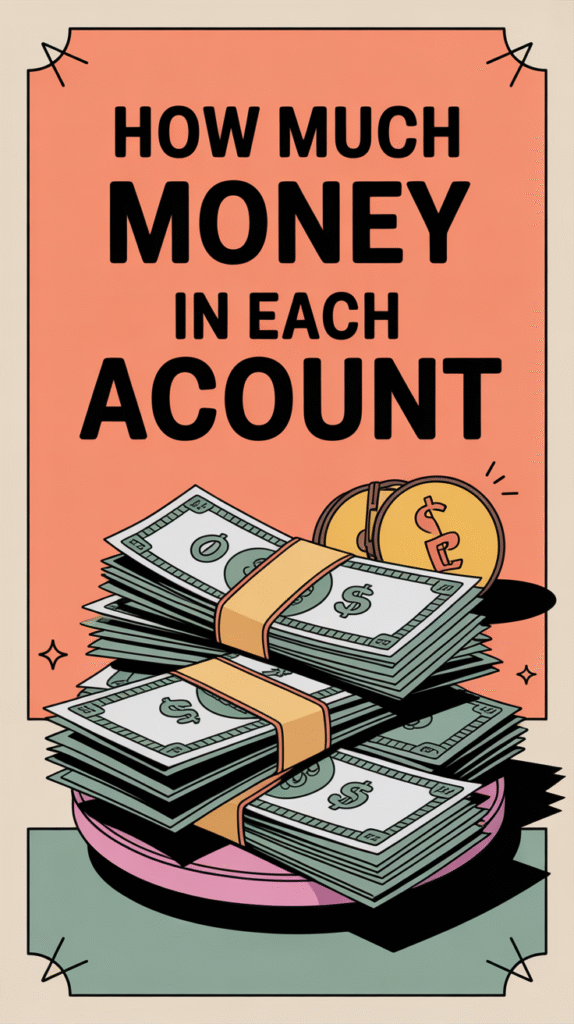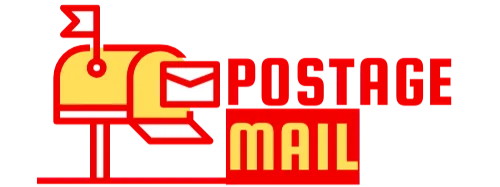Let’s be real — motivation fades. You get pumped up after watching a finance video or reading a book, but a week later, the fire’s gone. That’s why discipline beats motivation every single time. Discipline keeps you consistent even when you’re tired, bored, or busy.
This 3-month program isn’t about quick hacks. It’s about building habits that stick. By the end, you’ll have a complete system for managing your money — automatically and intelligently.

Month 1 – Building the Foundation
Step 1: Organize Your Finances
Start by listing all your income, expenses, and debt. This step is like turning on the lights in a messy room — it’s uncomfortable, but necessary. You can’t fix what you can’t see.
Step 2: Set Up Your Checking Account Properly
Your checking account is your command center — the hub of your financial life.
How Much Should Stay in Your Checking Account?
Keep 1–2 months of expenses in it. Enough to handle bills, groceries, and any minor surprises, but not so much that your money just sits there doing nothing. The goal is efficiency, not hoarding.
Step 3: Create an Emergency and Sinking Fund
An emergency fund is your safety net. It protects you from unexpected medical bills, car repairs, or job loss.
Why a High-Yield Savings Account Beats a Regular One
Your high-yield savings account should hold 6 months of expenses + sinking funds (like vacation, insurance, or car maintenance money). It earns better interest than a standard account, so your cash grows quietly in the background.
Month 2 – Strengthening Your Financial Muscles
Step 4: Maximize Your Employer’s Retirement Match
If your employer offers a 401(k), 403(b), or 457 plan, that’s free money waiting to be claimed. Always contribute at least enough to get the full company match.
Understanding 401(k), 403(b), and 457 Plans
These are all retirement accounts, just under different employers — corporate, non-profit, or government. They grow tax-deferred, meaning you don’t pay taxes until you withdraw during retirement.
Step 5: Start Contributing to an IRA
Once you’ve hit your employer match, move on to an IRA (Individual Retirement Account).
Roth vs. Traditional IRA – Which One’s Right for You?
- Roth IRA: Pay taxes now, grow tax-free, withdraw tax-free later. Perfect if you expect higher income in the future.
- Traditional IRA: Tax-deductible contributions now, taxed later. Ideal if you need a break on taxes today.
You can contribute up to $7,000 per year, so make it count.
Step 6: Open and Fund Your Health Savings Account (HSA)
If you have a high-deductible health plan, an HSA is a no-brainer.
The Hidden Tax Benefits of an HSA
It’s the only account with triple tax advantages:
- Tax-free contributions
- Tax-free growth
- Tax-free withdrawals for medical expenses
You can contribute up to $4,150/year (as of 2025), and unused funds roll over indefinitely.
Month 3 – Expanding and Optimizing
Step 7: Begin Investing in a Brokerage Account
Once your safety nets and retirement accounts are in order, it’s time to invest freely.
Why a Brokerage Account Gives You Ultimate Flexibility
Unlike retirement accounts, there are no contribution limits or withdrawal restrictions. It’s perfect for long-term wealth-building or big future goals like buying property or starting a business.
Step 8: Automate Everything
Set up automatic transfers to your accounts — checking, savings, retirement, and brokerage. That way, your discipline doesn’t rely on willpower.
How Automation Builds Effortless Discipline
Think of automation as your financial autopilot. It ensures consistency even when you’re distracted or lazy. You’ll wake up one day realizing you’ve built wealth on cruise control.
Step 9: Review, Adjust, and Stay Consistent
At the end of Month 3, review everything. Are you hitting your targets? Are there leaks in your budget? Adjust contributions or spending as needed, and repeat the system monthly.
Understanding Each Account in Detail
Checking Account – The Everyday Hero
Handles your day-to-day expenses — bills, groceries, subscriptions. Keep it lean and active.
High-Yield Savings – The Silent Guardian
This is your buffer zone, keeping you safe when life throws curveballs.
401(k) and Similar Plans – The Retirement Powerhouse
Free employer match = instant ROI. It’s like your company paying you to save for your future.
IRA – Your Personal Investment Fortress
Take control of your retirement with better investment options and tax advantages.
HSA – The Triple Tax Advantage Account
Save for medical expenses while growing your money tax-free. Future you will thank you.
Brokerage – The Freedom Portfolio
For dreams beyond retirement — house down payment, side business, or financial independence.
How to Stick to the Plan
Build Habits, Not Just Goals
Goals motivate, but habits sustain. Focus on repeating small wins — saving automatically, tracking weekly, and staying consistent.
Track Your Progress Weekly
Use a spreadsheet or app to monitor balances, contributions, and expenses. Watching numbers grow is deeply motivating.
Reward Yourself Without Breaking the Bank
Celebrate milestones — just don’t sabotage progress. A nice meal out beats splurging on a new gadget.
Common Mistakes to Avoid
Over-Saving in the Wrong Account
Too much in checking or savings means you’re missing growth opportunities.
Ignoring Employer Benefits
Never skip free money from a 401(k) match — it’s basically part of your salary.
Skipping Automation
Manual transfers sound fine… until you forget. Automation never forgets.
The Psychology Behind Financial Discipline
Why Small Wins Matter More Than Big Goals
Each small win — paying a bill on time, saving $50 — rewires your brain to crave progress.
Turning Delayed Gratification Into Your Superpower
The secret to wealth is resisting instant pleasure today for massive rewards tomorrow.
Conclusion: 90 Days to a Lifetime of Control
Three months from now, your financial life could look completely different.
You’ll have structured accounts, automated systems, and a growing investment base. Discipline, once hard, will feel natural.
Money will stop controlling you — because now, you control it.
FAQs
1. What’s the best way to start if I’m living paycheck to paycheck?
Start small. Even saving $10 a week builds momentum. Once you see progress, it’s easier to grow.
2. Can I still invest if I have debt?
Yes — just prioritize high-interest debt first. Pay off anything above 8–10% before heavy investing.
3. How often should I review my accounts?
Once a month is perfect. Weekly check-ins are great for beginners to stay mindful.
4. Is a brokerage account risky for beginners?
It can be, but not if you stick to diversified ETFs or index funds. Avoid day trading early on.
5. What happens after the 3 months are over?
You keep going. The goal isn’t to finish — it’s to make discipline your default setting for life.
